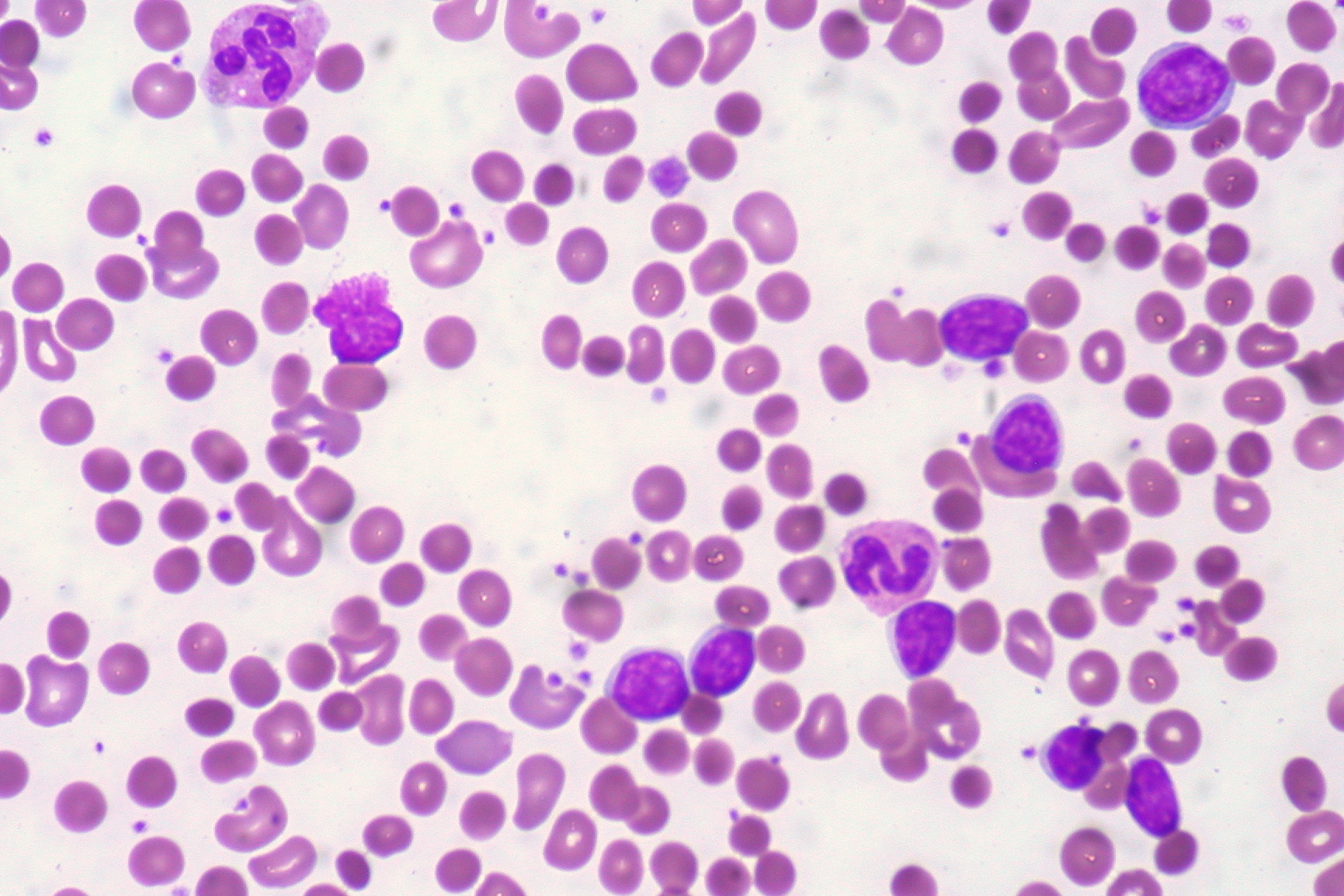Playlist
Show Playlist
Hide Playlist
Pyruvate Kinase Deficiency: Etiology
-
Slides PyruvateKinaseDeficiency RedBloodCellPathology.pdf
-
Download Lecture Overview
00:01 Let’s take a look at our second enzyme deficiency when dealing with normocytic hemolytic anemias and this is pyruvate kinase deficiency. 00:09 How is it that you have a glycolytic enzyme, one that’s deficient, that may result in an extravascular hemolysis? Listen to what I just said. 00:19 There’s an enzyme deficiency that’s going to then render the RBC to be destroyed by the spleen. 00:26 What is this about? Well, let’s take a look. 00:29 First, glycolytic pathway is what you are referring to. 00:33 At the very bottom portion here, you’ll find that phosphoenolpyruvate has to be converted into pyruvate. 00:41 That’s where this enzyme is missing. 00:43 It’s rare but the boards love this question because of its integration of many other subjects as you shall see and you know that I get so elated when we have such points to make. 01:02 Once again, there’s your enzyme pyruvate kinase, normally responsible for converting phosphoenolpyruvate to pyruvate. 01:11 Now, if this enzyme is deficient, autosomal recessive, it’s an intrinsic disease because it’s a problem within the RBC, but the way that the RBC is now misshapen, which we haven’t talked about yet, but we will. 01:27 It will be then taken to the spleen for destruction. 01:30 Extravascular. 01:32 So why does the boards love asking this so much? Because if you’re moving down the glycolytic pathway, you’re trying to feed the pyruvate to your TCA or Krebs cycle, you can’t even create the pyruvate. 01:44 So therefore, it goes back to that age old concept of what then happens to the substrate proximal to the enzyme deficiency or block. 01:54 It always increases. 01:56 So now, not only are you going to have increase in phosphoenolpyruvate, but you’re going to back up, back up, back up, into your 2,3-BPG. 02:04 The increase of your 2,3-BPG or bisphospho or dibisphosphoglycerate, what is then going to do your oxygen dissociation curve? Pathologically, it is then going to increase or facilitate the release of oxygen from your hemoglobin. 02:19 So this then means a right shift, are we clear? Fascinating, huh? Point number one as to why the boards love asking this. 02:27 We’re not quite done yet, we’ll see more.
About the Lecture
The lecture Pyruvate Kinase Deficiency: Etiology by Carlo Raj, MD is from the course Hemolytic Anemia – Red Blood Cell Pathology (RBC).
Included Quiz Questions
In RBCs, which of the following intermediate substrates of the glycolytic pathway is directly responsible for altering the hemoglobin–oxygen dissociation curve?
- 2,3-Bisphosphoglycerate
- 1,3-Bisphosphoglycerate
- Phosphoenolpyruvate
- Pyruvate
- Glyceraldehyde-3-phosphate
Customer reviews
5,0 of 5 stars
| 5 Stars |
|
5 |
| 4 Stars |
|
0 |
| 3 Stars |
|
0 |
| 2 Stars |
|
0 |
| 1 Star |
|
0 |





